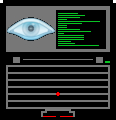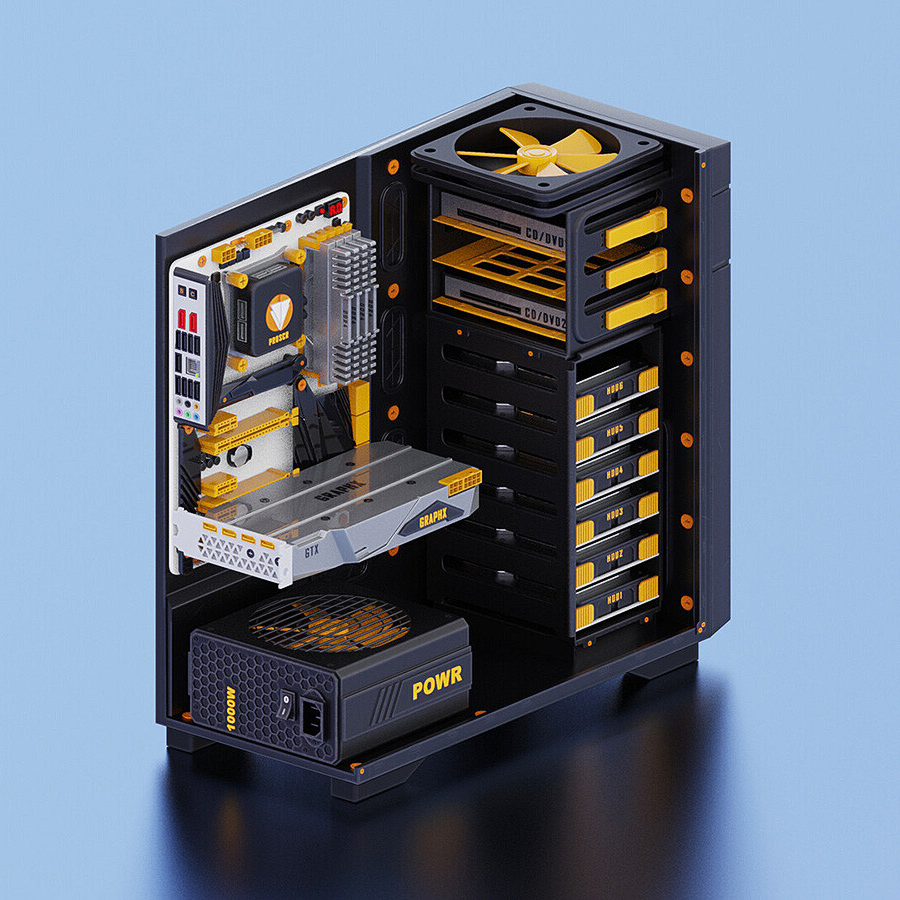If I remember correctly mnt is for static media that you expect to always be present and media is for removable media which may come and go.
- 2 Posts
- 8 Comments

 1·8 months ago
1·8 months agoFor 2.5" SSD I’d suggest a Samsung Evo or crucial mx500. These will top out at like 4TB afaik.
For 3.5" spinner I’d suggest an enterprise class HDD. Specifically WD Gold or HGST. Look up the most recent backblaze drive failure report for some models known to last a while.
BSD, Haiku, Plan9, RiscOS, etc. Probably mostly BSD.
Debian is only as boring as you want it to be.

 2·1 year ago
2·1 year agoiMac G3
wow, an operating system on a computer, sounds so improbable :P

 0·1 year ago
0·1 year agoIt doesn’t have as much to do with where the network stack is running, but that they’re leveraging hardware offloading. Their CPUs generally aren’t powerfull enough to switch packets at gigabit speeds let alone on many interfaces at gigabit or multi-gig speeds. Its by leveraging ASICs and maybe even some using FPGAs for hardware offload that they can switch packets at line rate. I understand how they do it, I still just find it kind of weird and cool.
I didn’t list HDDs as someone else had mentioned that already. I was just listing a few devices that weren’t mentioned in other comments yet.

 0·1 year ago
0·1 year agoWe had a fancy coffee machine at an old job that ran Linux. If I remember correctly it was a top of line cafection or zulay machine. One of the ones with a touch screen. Just booted off an SD card as well iirc so probably would have been pretty easy to hack on.
I still find it weird that managed switches run Linux as I generally would think that at those data rates they’d need something closer to the metal but with the magic of HW offloading that’s been a thing in enterprise for a while and OpenWRT even supports some consumer grade ones now.
Some (probably most) ebook readers like the Kindle.
Many newer cars.
TI NSpire calculators.
A slow cooker. https://www.linux.com/news/crock-pot-slow-cooker-wi-fi-smarts-hands/
A cable modem. Specifically the Motorola SB6120 can. Maybe others too.
WiFi enabled SD cards. https://elinux.org/Wifi_SD
A dead badger. http://strangehorizons.com/non-fiction/articles/installing-linux-on-a-dead-badger-users-notes/
EDIT: Totally forgot about these 2 ham radios. You can run and access Linux on both of these. One is by design as its running on a Pi, the other via mod by R1CBU booting the OS from an SD card.
sBitx v2: https://www.hfsignals.com/index.php/sbitx-v2/
Xiegu x6100: https://r1cbu.ru/index.php/home/radio-software/x6100


You probably just need to chow. The directory